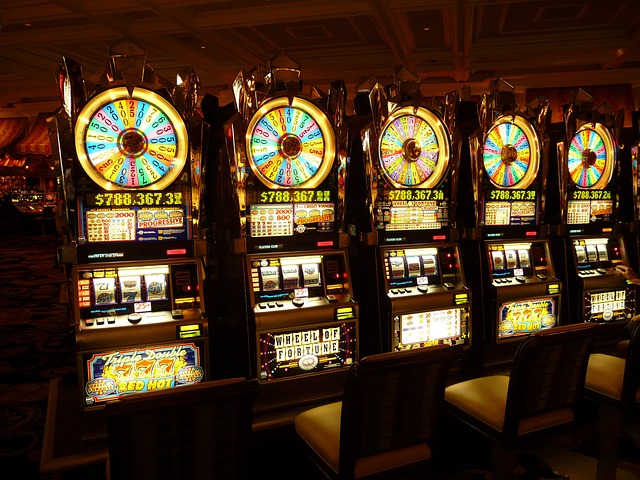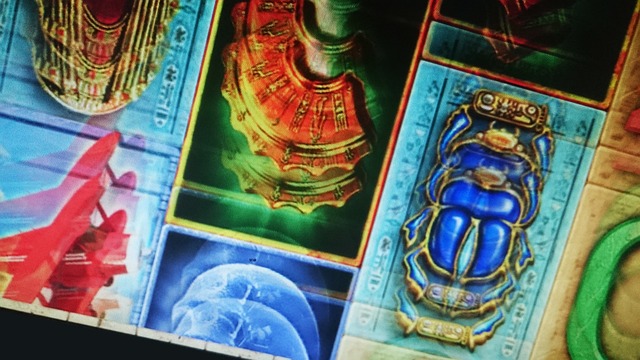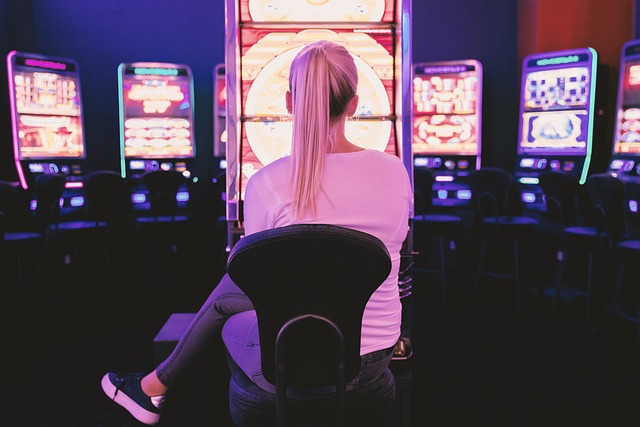Virtual reality (VR) has transformed the gaming landscape, and slot machines are among the casino games most affected by this innovation. Unlike traditional online slots that rely on flat graphics and static interfaces, VR slots create a fully immersive experience. Players can enter a 3D casino environment, walk around, and interact with machines as if they were in a real venue. This realism is made possible through a combination of hardware, software, and design technologies working together seamlessly.
VR slots blend the excitement of gambling with the engagement of interactive entertainment. However, understanding the technology behind them reveals that this experience is far more complex than it appears. Each element — from the VR headset to motion tracking and real-time rendering — plays a crucial role in making gameplay smooth, realistic, and responsive.
Hardware Foundations of VR Slots
The hardware is what makes VR gaming possible. VR slots rely heavily on specialized equipment designed to deliver immersion through sight, sound, and movement. The most essential components include VR headsets, motion controllers, and high-performance computers or consoles.
A VR headset like the Meta Quest or HTC Vive provides the 3D visual environment. Built-in sensors track the player’s head movements, adjusting the view in real time to mimic natural motion. Controllers or hand-tracking systems allow users to pull levers, press buttons, or grab coins — actions that feel surprisingly real in a virtual setting.
Comfort and performance are equally critical. Headsets must offer high resolution and a smooth frame rate (ideally 90 frames per second or higher) to prevent motion sickness. Similarly, a powerful GPU ensures that even visually rich environments run fluidly without lag. These technical specifications determine whether the VR slot feels realistic or clunky.
Software and Game Engines

The core of any VR slot is its software, specifically the game engine that drives visuals, sound, and interactivity. Popular engines like Unity and Unreal Engine are commonly used to develop VR games because they support 3D modeling, physics simulations, and dynamic lighting — all essential for realistic environments.
Game developers use these engines to design everything from the slot machine’s spinning reels to the surrounding casino floor. The software also integrates random number generators (RNGs), ensuring that the slot remains fair and unpredictable, just like in traditional online casinos. These RNG systems are certified by independent auditors to guarantee transparency and player trust.
A strong backend infrastructure supports multiplayer VR casinos, enabling real-time social interaction. Players can chat, celebrate wins, or join tournaments in shared spaces — a key factor in making VR casinos feel more authentic than standard online platforms.
| Component | Function | Importance |
|---|---|---|
| Game Engine | Renders visuals and animations | Core of the game experience |
| RNG System | Determines spin outcomes | Ensures fairness |
| Sound Design | Provides immersive audio | Enhances realism |
| Network Backend | Enables multiplayer interaction | Adds social dimension |
The Role of Artificial Intelligence and Analytics
AI and data analytics also influence the design and operation of VR slots. AI-driven systems analyze player behavior, helping developers refine difficulty levels, bonus features, and visual elements to keep engagement high. Some advanced VR casinos use adaptive environments — spaces that change based on how players interact.
For example, lighting might shift based on mood or progress, or NPC dealers might respond dynamically to player gestures. Machine learning also assists in detecting problematic gambling behavior, triggering responsible gaming notifications or self-exclusion tools within the VR environment.
The Future of VR Slot Technology

As VR hardware becomes more affordable and compact, more players will gain access to these experiences. Future improvements may include haptic feedback suits that let players feel physical sensations, eye-tracking for enhanced realism, and cross-platform compatibility with AR devices.
Moreover, blockchain integration could further enhance transparency, allowing players to verify game fairness and manage digital assets seamlessly. The evolution of cloud gaming might also remove the need for expensive hardware, making VR slots accessible to a broader audience.
The long-term direction of VR slots points toward total immersion — where visual realism, tactile feedback, and social interaction converge to create a casino experience indistinguishable from reality.
